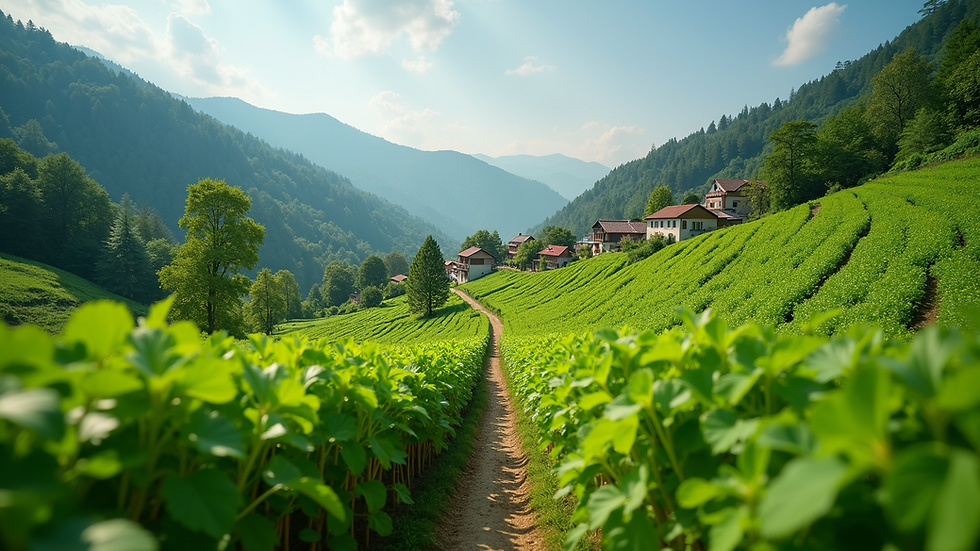Enhancing Village Ecosystems: Spatial Society Indonesia Blog Insights
- Spatial Society
- Jul 1
- 3 min read
Updated: Aug 7
In the heart of Indonesia, village ecosystems are not just a backdrop; they are vibrant communities filled with life, culture, and potential. These ecosystems are essential for the well-being of the people who live there. They provide resources, support biodiversity, and foster social connections. However, many villages face challenges that threaten their sustainability. This blog post explores how we can enhance these ecosystems, drawing insights from Spatial Society Indonesia.
Understanding Village Ecosystems
Village ecosystems are complex networks that include the environment, local culture, and community interactions. They consist of natural resources like water, soil, and plants, as well as the people who depend on them.
The Importance of Biodiversity
Biodiversity is crucial for a healthy ecosystem. It ensures that various species can thrive, which in turn supports food security and resilience against climate change. For instance, a diverse range of crops can protect against pests and diseases, ensuring a stable food supply.
Cultural Significance
Villages are often rich in cultural heritage. Traditional practices, local knowledge, and community bonds play a vital role in maintaining the ecosystem. For example, many villages have unique agricultural practices that have been passed down through generations. These practices not only sustain the environment but also strengthen community ties.
Challenges Facing Village Ecosystems
Despite their importance, village ecosystems face numerous challenges.
Environmental Degradation
Deforestation, pollution, and climate change are significant threats. These issues can lead to loss of biodiversity and disrupt the balance of the ecosystem. For example, deforestation for agriculture can result in soil erosion and loss of habitat for local wildlife.
Economic Pressures
Many villages rely on agriculture as their primary source of income. However, economic pressures can lead to unsustainable practices. Farmers may prioritize short-term gains over long-term sustainability, which can harm the ecosystem.
Social Issues
Social dynamics also play a role in the health of village ecosystems. Conflicts over resources, lack of education, and limited access to technology can hinder efforts to enhance sustainability.
Strategies for Enhancement
To address these challenges, we can implement several strategies to enhance village ecosystems.
Promoting Sustainable Agriculture
Sustainable agriculture practices can help protect the environment while ensuring food security. Techniques such as crop rotation, organic farming, and agroforestry can improve soil health and increase biodiversity.
Crop Rotation: This practice involves alternating different crops in the same area across seasons. It helps prevent soil depletion and reduces pest infestations.
Organic Farming: By avoiding synthetic fertilizers and pesticides, organic farming promotes a healthier ecosystem. It encourages beneficial insects and improves soil quality.
Agroforestry: Integrating trees into agricultural landscapes can enhance biodiversity and provide additional income sources for farmers.
Community Engagement
Engaging the community is essential for successful ecosystem enhancement. Local residents should be involved in decision-making processes.
Workshops and Training: Providing education on sustainable practices can empower villagers. Workshops can cover topics like organic farming, water conservation, and biodiversity protection.
Community Projects: Initiatives such as tree planting or clean-up drives can foster a sense of ownership and responsibility towards the environment.
Leveraging Technology
Technology can play a significant role in enhancing village ecosystems.
Mobile Apps: Apps can provide farmers with information on weather patterns, pest management, and market prices. This knowledge can help them make informed decisions.
Remote Sensing: Using satellite imagery can help monitor land use changes and assess the health of ecosystems. This data can guide conservation efforts.



Comments